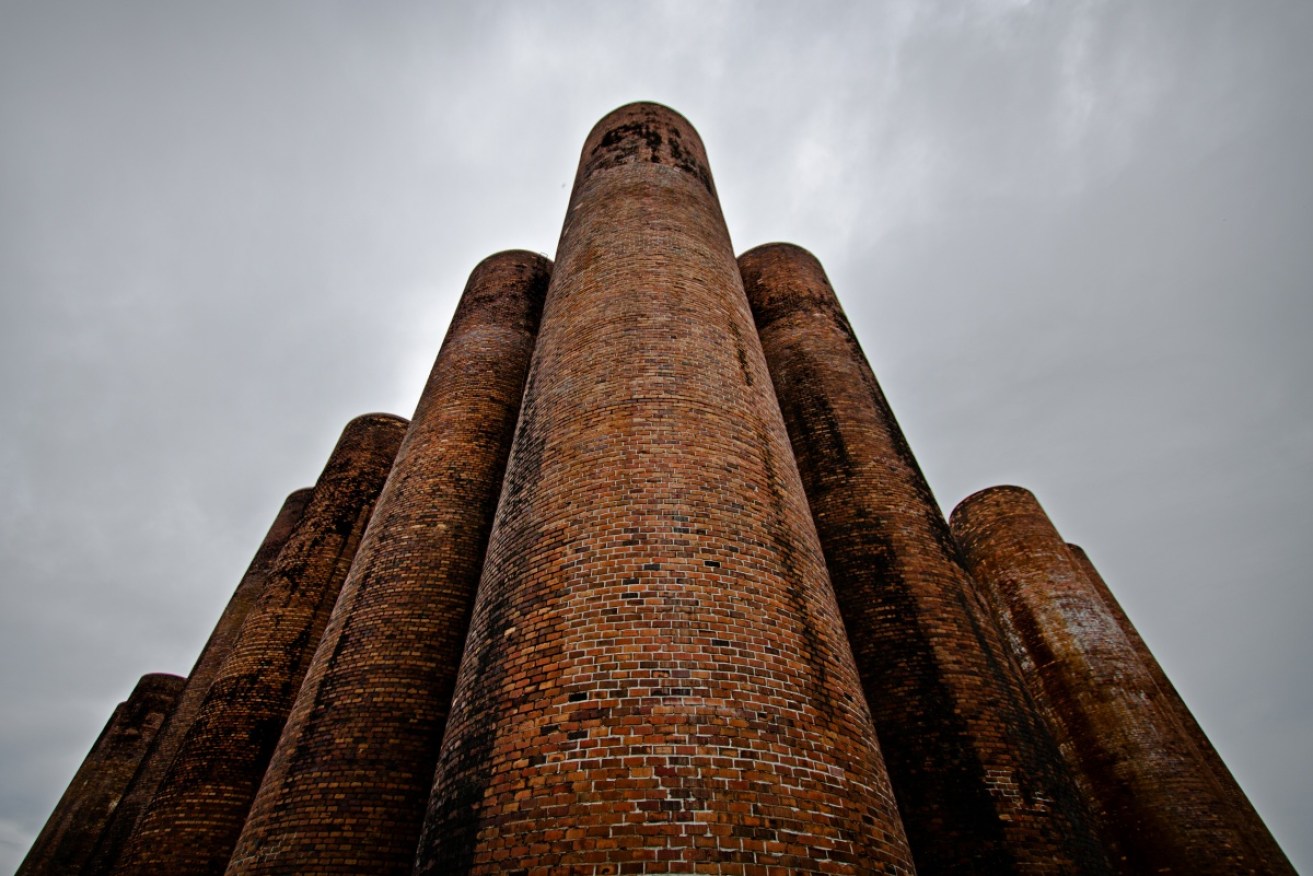Coal resurgence explained: dead cats and Dutch disease

An old coking plant in Germany. Photo: Getty
The coal price jump has a few people grinning like Cheshires at the prospect of a commodity renaissance.
But it could be little more than a dead cat bounce, and may aggravate our Dutch disease, an economist has warned.
On Wednesday, Japan’s Nippon Steel reportedly signed a contract to buy Australian coking (metallurgical) coal at $US200 per tonne for October-December.

The price of coking coal is rising because China is slowing production. Photo: AAP
This should drag up the benchmark price, which was $US92.5 in the September quarter and $US81 in the March quarter.
After plummeting since 2011, coking coal is booming because Chinese firms have cut production. As a result, Japan is willing to pay more for ours.
This is good news for jobs and the government’s coffers. Some coal mines have reopened, including Collinsville in Queensland. And HSBC bank is predicting a boost to nominal GDP of $25 billion (about 2 per cent).
But it could further skew the economy, according to Griffith University economics professor Tony Makin. Thankfully, for those fearing the environmental consequences, it’s probably no renaissance.
‘Dead cat bounce’
This is probably not a commodity renaissance, but rather a slight rebound to “more normal” coking coal prices after the “overshooting downwards” of the past five years, Prof Makin said.

Coal is wounded, but it may not be terminal. Photo: AAP
That is similar to the definition of ‘dead cat bounce’, which is a temporary reprieve in an otherwise steady decline. It’s the kind of animation you’d expect out of a dead cat if you threw it out a window. It might bounce a little, but it’s still dead.
Prof Makin disagreed that the commodities industry is terminal. He said it will continue to be important because of stable demand from emerging economies like China and India.
But he agreed that commodity prices are “unlikely” to ever return to “frenzied” pre-GFC levels.
“Commodity prices were almost stratospheric after the global financial crisis. They were too high and they’ve since corrected, and perhaps they overcorrected, but the bounce back is probably not likely to continue.”
Aggravate our Dutch disease?
Prof Makin is convinced that Australia suffered from ‘Dutch disease’ pre-GFC, and that a prolonged coal price hike would impede our recovery.
In economics, ‘Dutch disease’ is the negative impact of a resources boom on other sectors, such as manufacturing, agriculture and tourism. Specifically, it usually refers to the fallout of a high exchange rate.

Australia’s economic transition could be impeded by a renewed focus on resources, economist warns. Photo: AAP
Prof Makin said the resource-boosted Aussie dollar helped kill off the car industry, and harmed other sectors. He warned a sustained coal price rise could impede the nation’s restructuring away from resources.
This is a warning echoed in a report released this week by German research firm Bertelsmann Stiftung, which marked Australia down from 15th to 25th on its annual measure of sustainable development.
“Australia’s increasing need for reform is mainly due to the end of the commodity boom, which has led to stagnation in living standards and a rise in unemployment rates since 2011,” the authors wrote.
Australia must develop new growth industries other than manufacturing, tourism and education; drastically improve its “quite disappointing” level of research and development (we register 77 patents per million inhabitants, compared to 335 in top-ranked Japan); and devote “significant” taxpayer funds into public infrastructure, the report concluded.
Environmental concerns

Coal mining is increasing because of the high prices. Photo: Getty
The German report, co-authored by former UN secretary-general Kofi Annan, also criticised Australia’s “dismal” action on climate change.
“In terms of both greenhouse gas emissions and CO2 emissions from energy production, Australia ranks 33rd, with the country’s fossil fuel energy production causing 17 tons of carbon dioxide emissions per capita. By comparison, the top five countries each emit less than five tons per capita.”
A coal resurgence will only exacerbate these fears. Environmental advocates will surely be hoping this really is a ‘dead cat bounce’.








